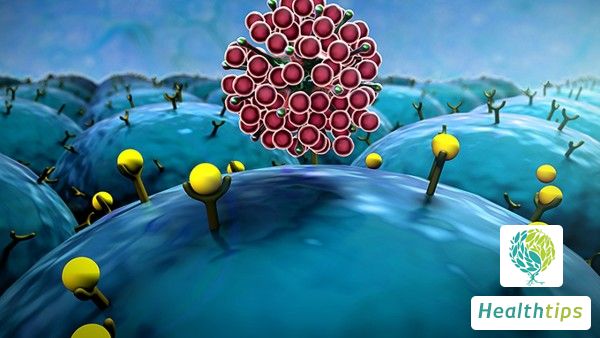The peduncle of condyloma acuminatum refers to the elongated part where the wart connects with the skin surface, often appearing in a soft and active state.

Condyloma acuminatum is a sexually transmitted disease caused by papillomavirus infection. The virus primarily enters the skin and mucosa through slight mucosal injuries, replicating and proliferating locally to form wart-like lesions.
The base of the wart, known as the peduncle, is formed by hyperproliferation of epithelial cells due to local inflammatory reactions.
The typical manifestation of condyloma acuminatum is the presence of warts of various sizes and shapes around the genital area. The surface of the wart may have granular protrusions, feeling soft or hard to the touch, sometimes accompanied by symptoms such as itchiness and pain.
Common diagnostic methods for condyloma acuminatum include the acetic acid white test, histopathological examination, and PCR technology. Among them, the acetic acid white test involves applying ice acetic acid solution to the affected area under a doctor's guidance, with a positive result indicated by white patches; histopathological examination involves sending a small piece of lesion tissue to a laboratory for analysis of its abnormal structure; PCR technology involves extracting DNA information from the sample and amplifying it to detect the presence of HPV genomes.
Treatment methods for condyloma acuminatum primarily include surgical excision, cryotherapy, laser therapy, electrocautery, and other physical methods, as well as topical medications such as fluorouracil ointment and imiquimod cream. The choice of method depends on the size, number, and location of the warts.
Patients should avoid scratching the affected area to prevent infection spread or an increase in the number of warts, maintain good personal hygiene habits, reduce friction and irritation, and promote recovery.

